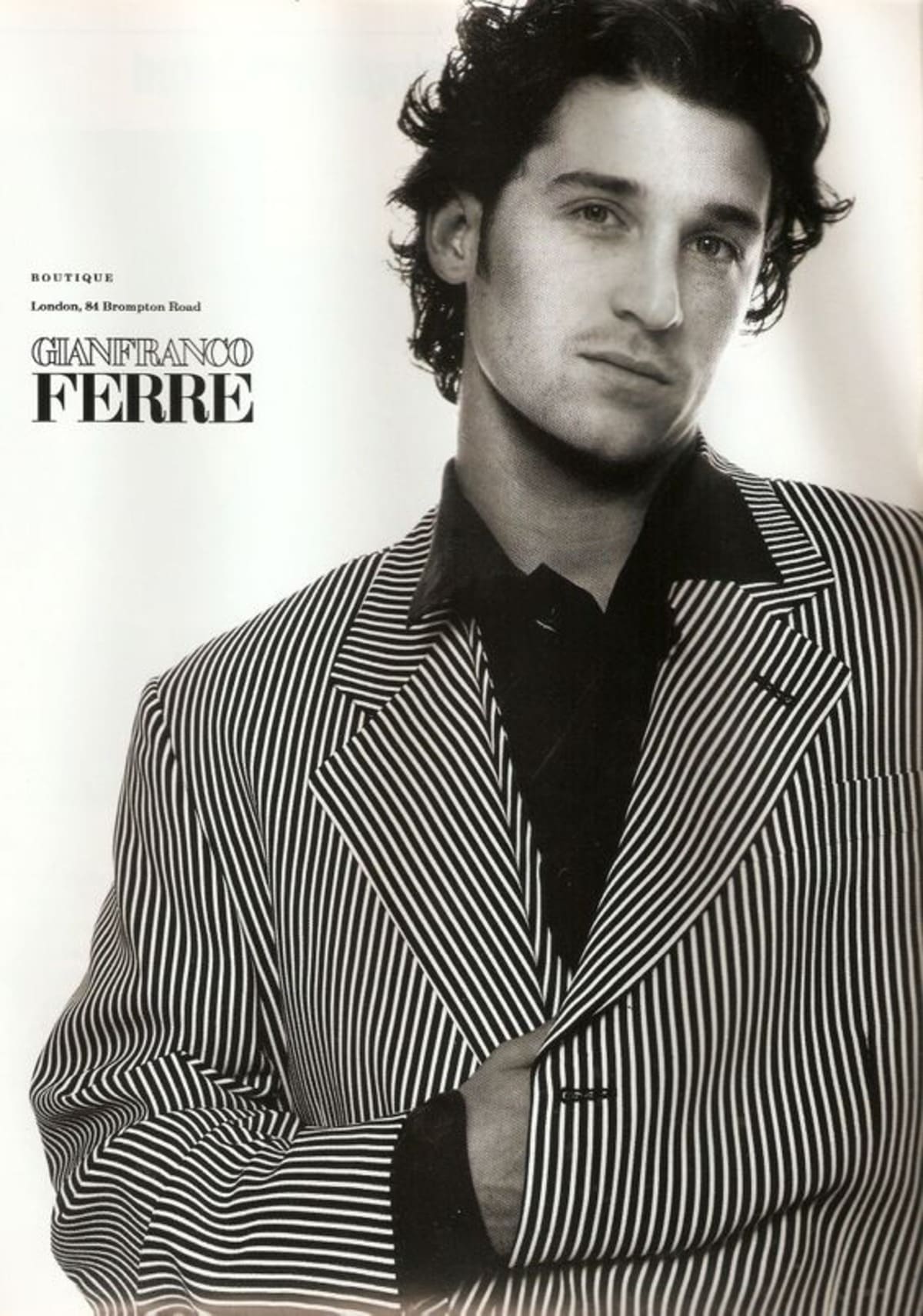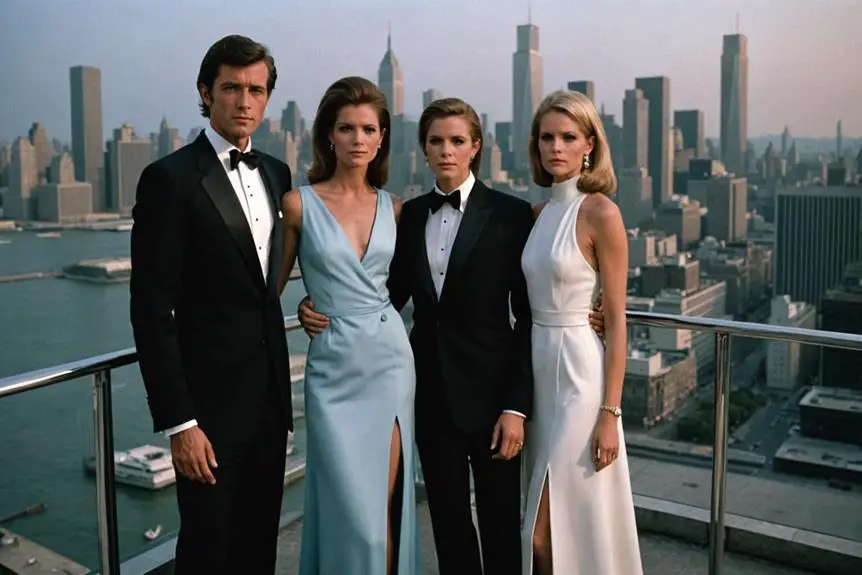Gianfranco Ferré, often referred to as the “architect of fashion,” founded his eponymous womenswear line in 1978, marking the beginning of a brand that would become synonymous with sophisticated and luxurious designs. His distinctive approach to fashion, characterized by structured silhouettes and impeccable tailoring, earned him a prominent place in the fashion industry. Ferré’s designs were not just clothing but statements of elegance and innovation, with his iconic white shirts becoming a personal signature. Even as he took on the role of Creative Director at Dior, Ferré’s own label maintained a unique identity, more relaxed and pared-down compared to the grandeur of Dior, yet equally refined.
The brand saw significant commercial success throughout the 1990s, with total sales reaching 950 billion Lira ($589 million) in 1994, showcasing a robust growth trajectory. This period was marked by the expansion of Ferré’s empire through 14 different licenses, which contributed substantially to the brand’s revenue. By 1996, sales had escalated to 1250 billion Lira ($811 million), a testament to the global appeal and demand for Ferré’s creations. The Gianfranco Ferré S.p.A., the holding company for the brand, played a crucial role in coordinating the fashion business, with Ferré and Franco Mattioli at its helm until it was sold to IT Holdings in 2002. This strategic move set the stage for Ferré’s continued influence in the fashion world.
The early 2000s marked a period of transition and restructuring for the Gianfranco Ferré brand. After selling a majority stake to Gruppo Tonino Perna’s IT Holding, the company prepared for a potential listing on the Milan stock exchange. This era saw the recruitment of experienced management and a significant reduction in the number of subsidiaries to streamline operations. Despite changes in ownership and creative direction, including brief tenures by designers like Lars Nilsson and the duo Tommaso Aquilano and Roberto Rimondi, the brand retained its commitment to luxurious and sophisticated design. Today, under the ownership of Dubai-based Paris Group, Gianfranco Ferré continues to be a symbol of Italian fashion excellence, with product lines ranging from high-end ready-to-wear to fragrances and accessories, maintaining the legacy of its founder.
Fascinating History of Gianfranco Ferre
How to tell if Gianfranco Ferre is vintage from the logo
Gianfranco Ferre, known for his sophisticated and luxurious designs, has had several logo changes over the years. Identifying the era of a Gianfranco Ferre piece can be greatly aided by examining the logo. Here, we will look at the different logos used by Gianfranco Ferre over the decades, focusing on the specific eras provided.
1970s to 1990s Gianfranco Ferre logo
- The logo from this era features the full name “Gianfranco Ferre” prominently.
- The font is elegant and serif, reflecting the sophisticated style of the brand during these decades.
- This logo has a classic and timeless feel, with well-balanced spacing and proportions.
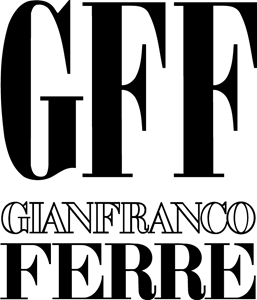
1970s to 1990s Gianfranco Ferre logo
2000s to now Gianfranco Ferre logo
- The logo in the 2000s introduced a modern, sleek design with “GF Ferre” as the main text.
- The font is sans-serif, giving a more contemporary and minimalist look.
- This logo often appears in a monochrome palette, emphasizing simplicity and modernity.
- The “GF” abbreviation became more common, highlighting a shift towards a more streamlined brand identity.
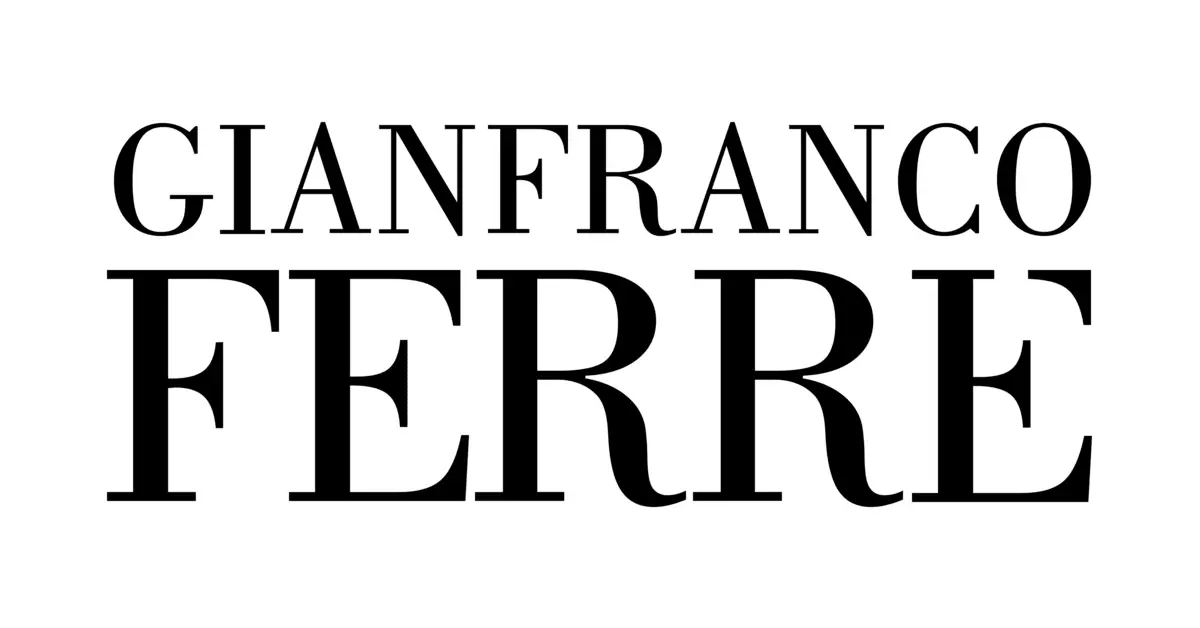
2000s to now Gianfranco Ferre logo
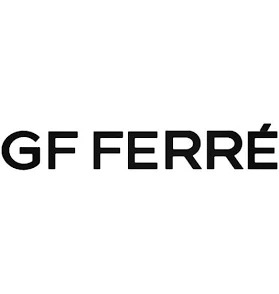
2000s to now Gianfranco Ferre logo
How to tell if Gianfranco Ferre is vintage from the tags
Gianfranco Ferre, renowned for his elegant and innovative designs, has seen various evolutions in its branding and tag designs over the decades. Identifying vintage Gianfranco Ferre pieces can be facilitated by understanding the characteristics of the tags used in different eras.
Can’t decipher your tags? Visit our vintage label identification page, and we’ll help you identify those vintage labels!
1980s vintage Gianfranco Ferre tags
- Tags prominently feature the full name “Gianfranco Ferre.”
- Often include the “Made in Italy” descriptor, indicating the origin.
- Use of bold serif lettering for a classic and elegant appearance.
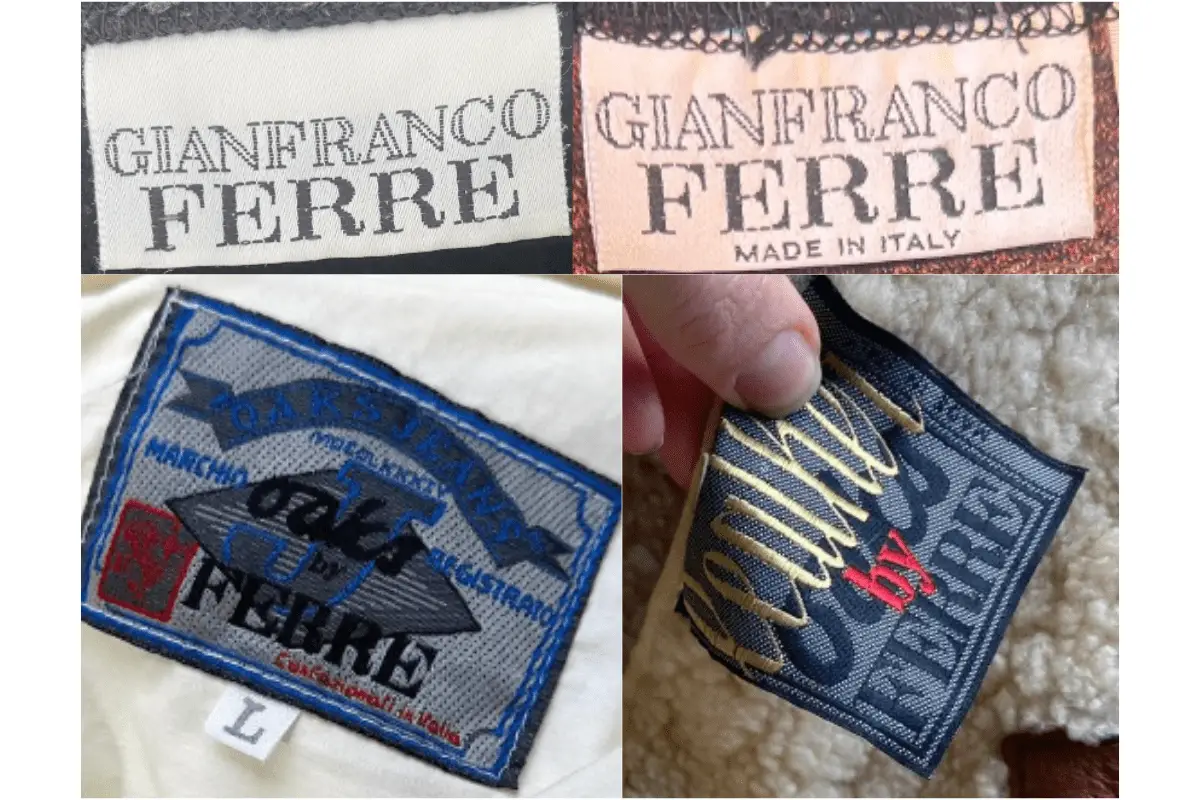
1980s Gianfranco Ferre tags
1990s vintage Gianfranco Ferre tags
- Rectangular tags with the Gianfranco Ferre logo.
- Incorporates simple, clean fonts with clear size indicators.
- Maintains the “Made in Italy” label on many items.
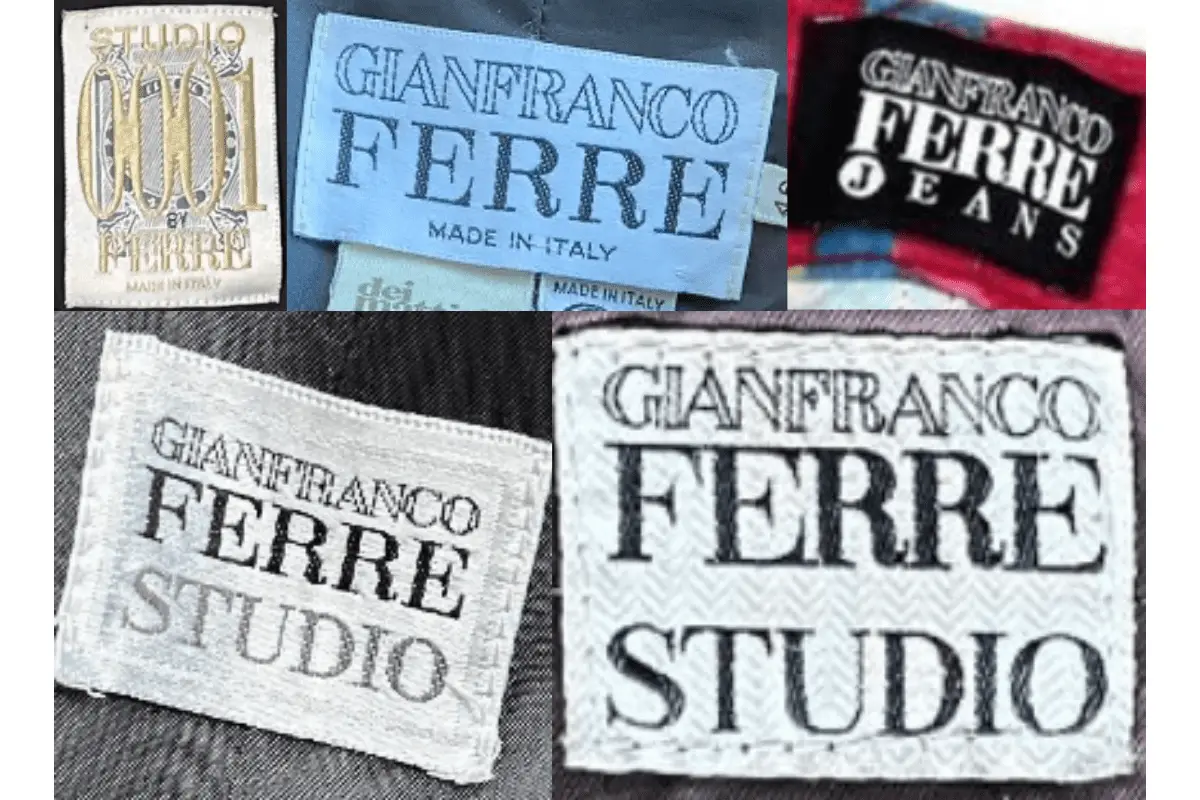
1990s Gianfranco Ferre tags
2000s vintage Gianfranco Ferre tags
- Introduction of varied tag designs, including loop tags and stitched patches.
- Bold serif lettering remains a staple, often paired with size information on separate tags.
- Tags may feature unique designs specific to different clothing lines such as “Jeans” or “Studio.”
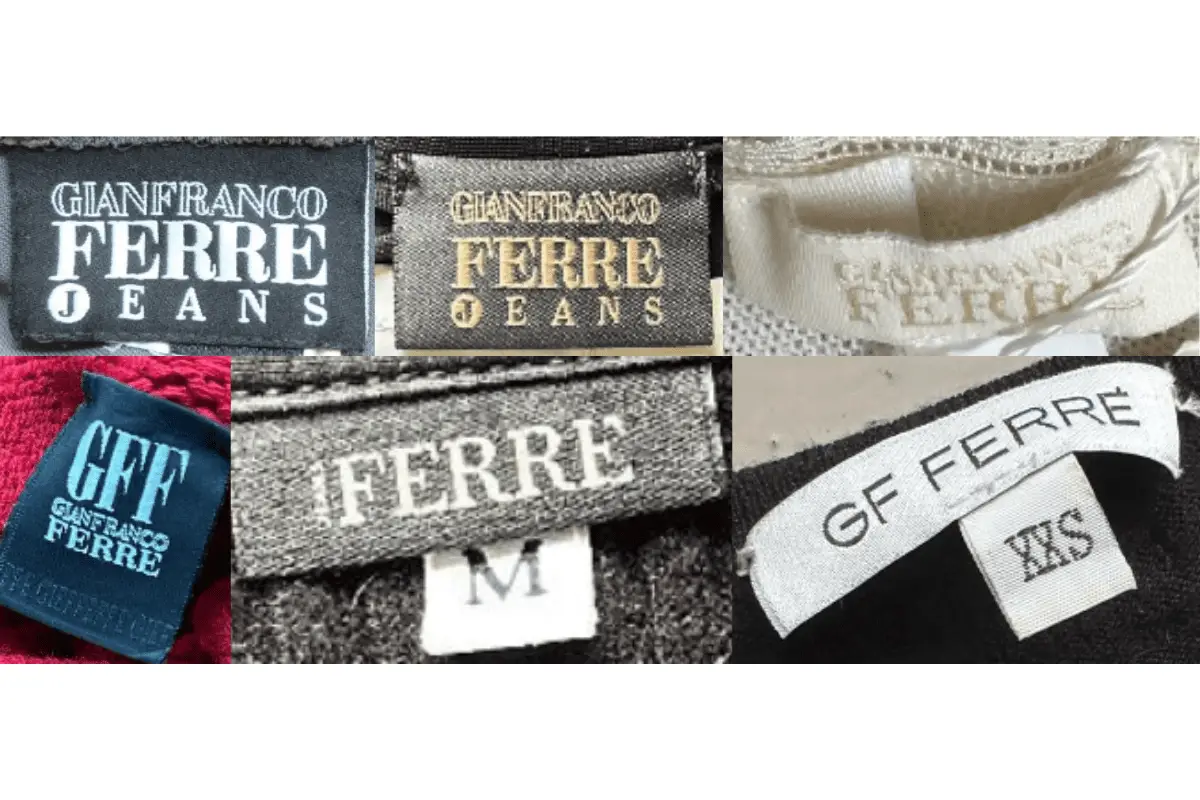
2000s Gianfranco Ferre tags
2010s vintage Gianfranco Ferre tags
- Modern layouts while retaining the classic logo and branding.
- Use of various colors and materials for tags, reflecting the contemporary design trends.
- Additional styles and layouts introduced, maintaining the brand’s distinctive elegance.
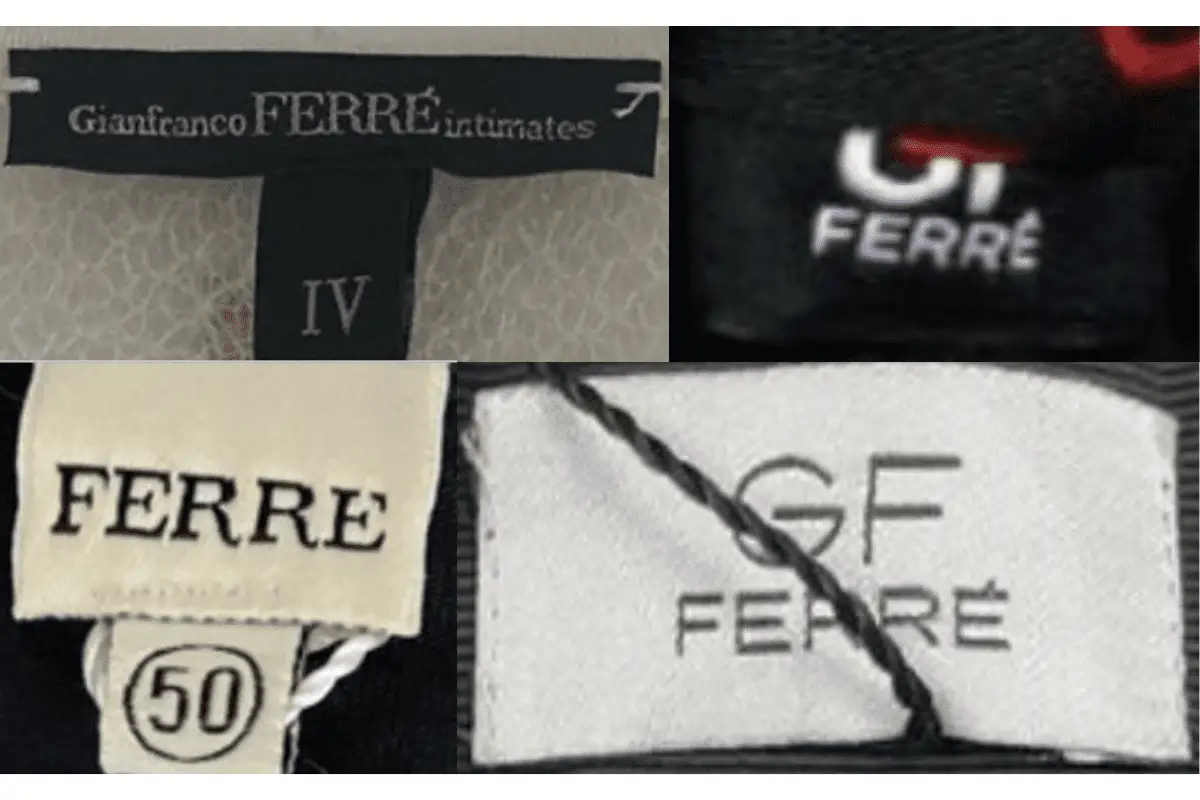
2010s Gianfranco Ferre tags
